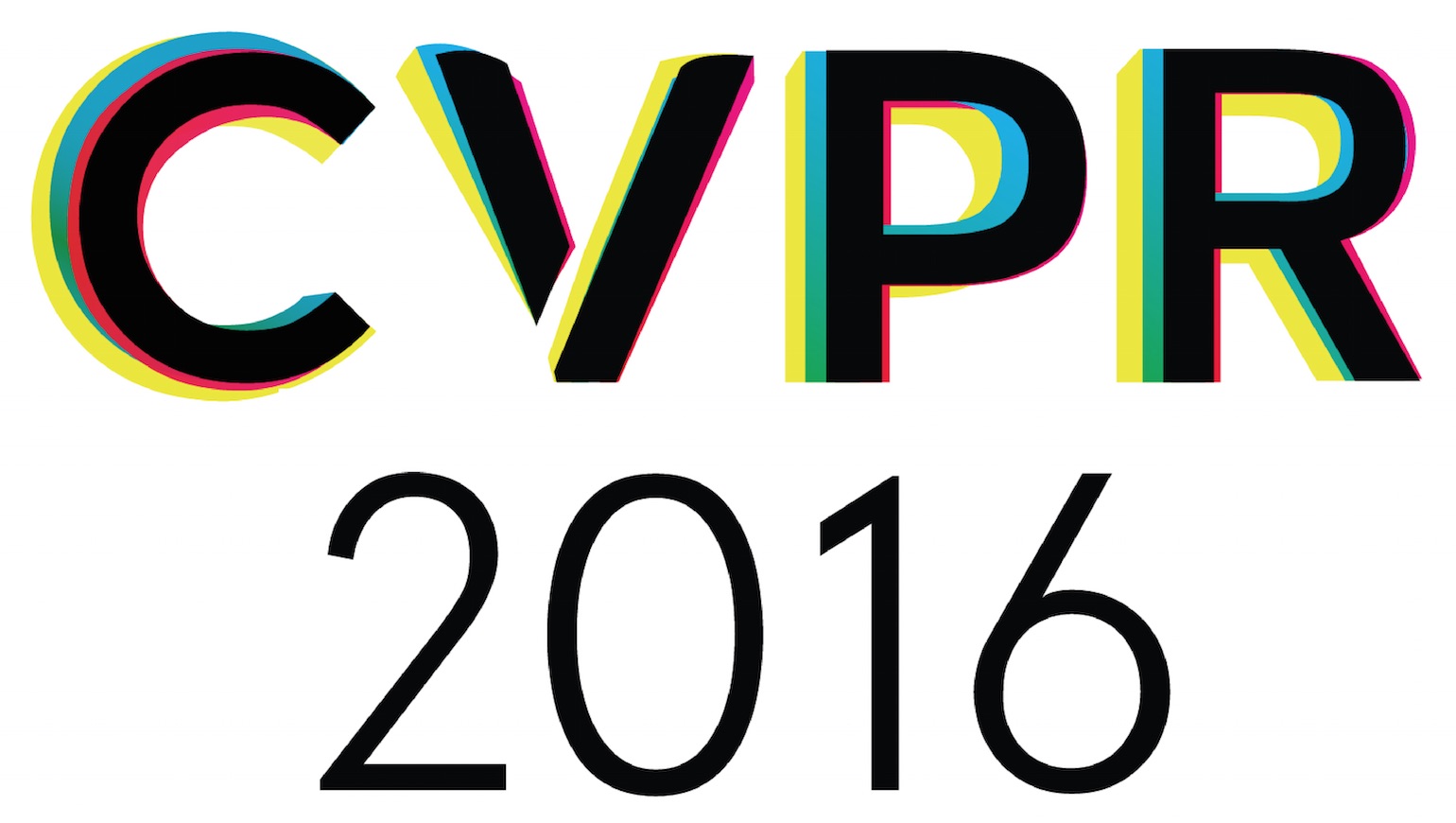-
Reversible Recursive Instance-Level Object Segmentation
AbstractIn this work, we propose a novel Reversible Recursive Instance-level Object Segmentation (R2-IOS) framework to address the challenging instance-level object segmentation task. R2-IOS consists of a reversible proposal refinement sub-network that predicts bounding box offsets for refining the object proposal locations, and an instance-level segmentation sub-network that generates the foreground mask of the dominant object instance in each proposal. By being recursive, R2-IOS iteratively optimizes the two sub-networks during joint training, in which the refined object proposals and improved segmentation predictions are alternately fed into each other to progressively increase the network capabilities. By being reversible, the proposal refinement sub-network adaptively determines an optimal number of refinement iterations required for each proposal during both training and testing. Furthermore, to handle multiple overlapped instances within a proposal, an instance-aware denoising autoencoder is introduced into the segmentation sub-network to distinguish the dominant object from other distracting instances. Extensive experiments on the challenging PASCAL VOC 2012 benchmark well demonstrate the superiority of R2-IOS over other state-of-the-art methods. In particular, the AP^r over 20 classes at 0.5 IoU achieves 66.7%, which significantly outperforms the results of 58.7% by PFN[15] and 46.3% by[17].
Related Material
[pdf][bibtex]@InProceedings{Liang_2016_CVPR,
author = {Liang, Xiaodan and Wei, Yunchao and Shen, Xiaohui and Jie, Zequn and Feng, Jiashi and Lin, Liang and Yan, Shuicheng},
title = {Reversible Recursive Instance-Level Object Segmentation},
booktitle = {Proceedings of the IEEE Conference on Computer Vision and Pattern Recognition (CVPR)},
month = {June},
year = {2016}
}
These CVPR 2016 papers are the Open Access versions, provided by the Computer Vision Foundation.
Except for the watermark, they are identical to the accepted versions; the final published version of the proceedings is available on IEEE Xplore.
Except for the watermark, they are identical to the accepted versions; the final published version of the proceedings is available on IEEE Xplore.
This material is presented to ensure timely dissemination of scholarly and technical work.
Copyright and all rights therein are retained by authors or by other copyright holders.
All persons copying this information are expected to adhere to the terms and constraints invoked by each author's copyright.

